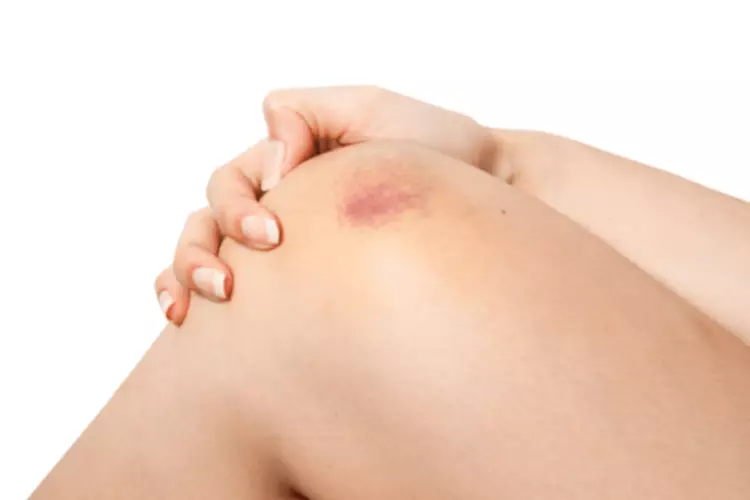Advanced training consists of four three-day workshops (12 days total) over a period of several months. In many respects, substance use and abuse can be considered developmental phenomena. First, there are the predictable epidemiologic patterns of adolescent substance use onset and progression. Second, research demonstrates that substance use is frequently linked to important developmental goals and transitions. The degree of involvement in substance use for any teenager is often a function of the negative pro-drug social influences that they are exposed to combined with their individual developmental vulnerabilities to these influences. Teens who experiment with drugs and other substances put their health and safety at risk.
- Get professional help from an online addiction and mental health counselor from BetterHelp.
- If teens begin experimenting with drugs to fit in or gain friends, they can unknowingly set themselves up for a potentially life-threatening habit; prevention is therefore critical.
- You can be their safe person by staying calm and prioritizing hearing their point of view.
- Recently researchers have focused attention on fear memory and extinction during adolescence.
- Suggested selective prevention included guaranteed confidentiality and non-judging encounters when seeking help.
Life Skills Training
Selective programs are interventions for teens who may be more at risk and have unstable home lives or other risk factors. Indicated educational programs are geared toward teens showing problematic behavior. Providing a firm foundation and clear message teen drug abuse on the damage addiction can cause is critical to teenage substance abuse prevention efforts. The goal of prevention is to attempt to stop someone from partaking in a harmful action that has substantial consequences before those consequences occur.
What Are the Effects of Using Drugs During Adolescence?
DARE’s ‘just say no’ drug education didn’t work. Here’s what could – NPR
DARE’s ‘just say no’ drug education didn’t work. Here’s what could.
Posted: Thu, 09 Nov 2023 08:00:00 GMT [source]
Whether people with own experience of substance use are credible or helpful in a more objective way can be disputed, but the students seem to put their trust in them rather than other persons. Some informants in the current study meant that the teachers in school were ignorant and unengaged, lecturing about substances only by duty, which of course can be problematic for the sense of credibility among those receiving the information. Previous research has demonstrated that for older adolescents, a social influence approach can increase the effectiveness of alcohol and drug prevention interventions, as can health education, basic skills training and the inclusion of parental support [67].
Community-Based Prevention
The sample included three abstainers and 17 informants who were using substances, the latter referring to self-reported present use of alcohol and/or illicit drugs (without further specification). Additionally, 18 of the participants reported that at least one of their parents had a university education. The goal of BASICS is to motivate students to reduce their alcohol use in order to decrease the negative consequences of drinking.
- Admitting that such an incident can serve as a warning to other students, the fear of consequences is, according to the participant, still an obstacle to seeking help.
- The amygdala is key to developing a fear memory, and parts of the prefrontal cortex are involved in decreasing the strength of fear memories—a process known as extinction.
- To prevent substance use-related harm, we need in-depth knowledge about the reasons for substance use in this group and how they perceive various prevention interventions.
- The first booklet is mailed 24 days after an introductory letter is sent to parents; health educators telephone the parent 13 days after each booklet is mailed; and the next booklet in the series of four is mailed after each phone call is completed.
Prevalence rates for the nonmedical use of several prescription opiates have increased in recent years. Data on rates of abuse for Vicodin, OxyContin, and Percocet began to be collected in 2002 in the MTF study. Among high school seniors, annual prevalence rates for Vicodin abuse have gone from 4.1% in 2002 to 5.7% in 2008; rates of OxyContin abuse have gone from 1.6% in 2002 to 3.7% in 2008; and rates of Percocet abuse among high school seniors have gone from 1.9% in 2002 to 2.9% in 2008. The abuse of over-the-counter medications (including cough syrup to get high) is another growing problem among adolescents (4). It is important that prevention efforts remain flexible enough to address the sometimes variable and changing nature of adolescent substance use and abuse as trends change over time. For a teenager, risky times include moving, family divorce, or changing schools.35 When children advance from elementary through middle school, they face new and challenging social, family, and academic situations.

Preventing and Reducing Youth and Young Adult Substance Misuse: Schools, Students, Families
Educational Tools
The Importance Of Teen Substance Abuse Prevention
- Facilitators provide weekly parent and youth training sessions for a 20-week period, or the sessions can be offered in 5-week increments throughout the year.
- They can help connect you to resources and support you in taking more decisive action, like drug testing.
- Research has improved our understanding of factors that help buffer youth from a variety of risky behaviors, including substance use.
- Although previous studies show that young people from affluent areas drink more, the risk of developing alcohol problems is still greater among young people who grow up in more disadvantaged areas [57].
- I’ve helped thousands of people better understand the risk and protective factors that influence why one person develops addiction when another doesn’t.




Bir yanıt yazın